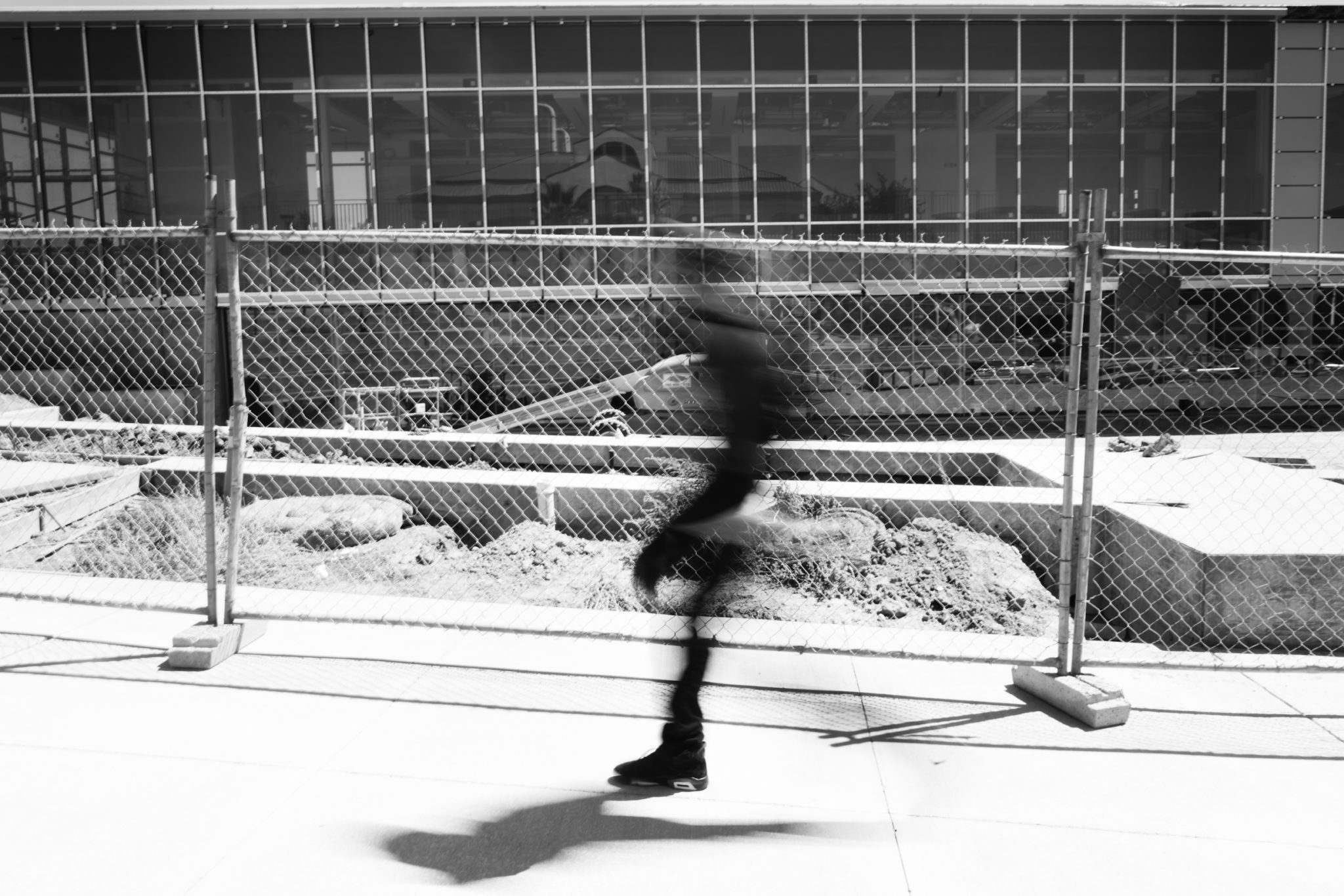Brandon Clutter
Staff Writer
At the start of the spring 2014 semester, parking lot C was reopened for use to students, staff and visitors.
All the spots have changed though, going from the previously diagonal one-way spaces to straight ahead two-way spaces, and the front row handicapped parking is now visitor 30-minute parking.
The re-addition of the parking lot has improved parking for many people, but students still have their problems with parking.
It takes students a strenuous amount of time to find a spot, and even when leaving early to be on time, they can still be late to their classes because of it.
LPC student Lierin Schirmer has classes at 9:30 and 12:30, and the difference in the amount of parking is huge.
“In the morning, when I have to go to my history class, it’s pretty easy to park, takes me literally three minutes to park,” Schirmer said. “For my 12:30 class though, I arrive at 12, recently even as early as 11:30, and drive through three parking lots before I find a space.”
As there are more students at LPC than parking spaces, it can be understood why a majority of LPC students are still having trouble finding parking when they come to class.
LPC student Stephanie Jefferis is in her third year at LPC and has had her share of problems with parking.
“There’s never really parking on campus,” said Stephanie. “I have to leave my house 45 minutes before my class starts, and I only live 10 minutes away.”
What the students also have to deal with is how far away from their classes they park.
“Usually the only parking lot that has spots is the one by the soccer field, and my classes are at the bottom of the campus,” Stephanie said.
This causes students to have to hurry to their classes, with the possibility of being late, in which teachers penalize students.
LPC currently has nine parking lots in use for students and staff on campus, which includes the re-opened lot C, and closed down lot G. Parking lot G was closed in January of 2012, as the space was used for the expansion of the new science building, 1800.


